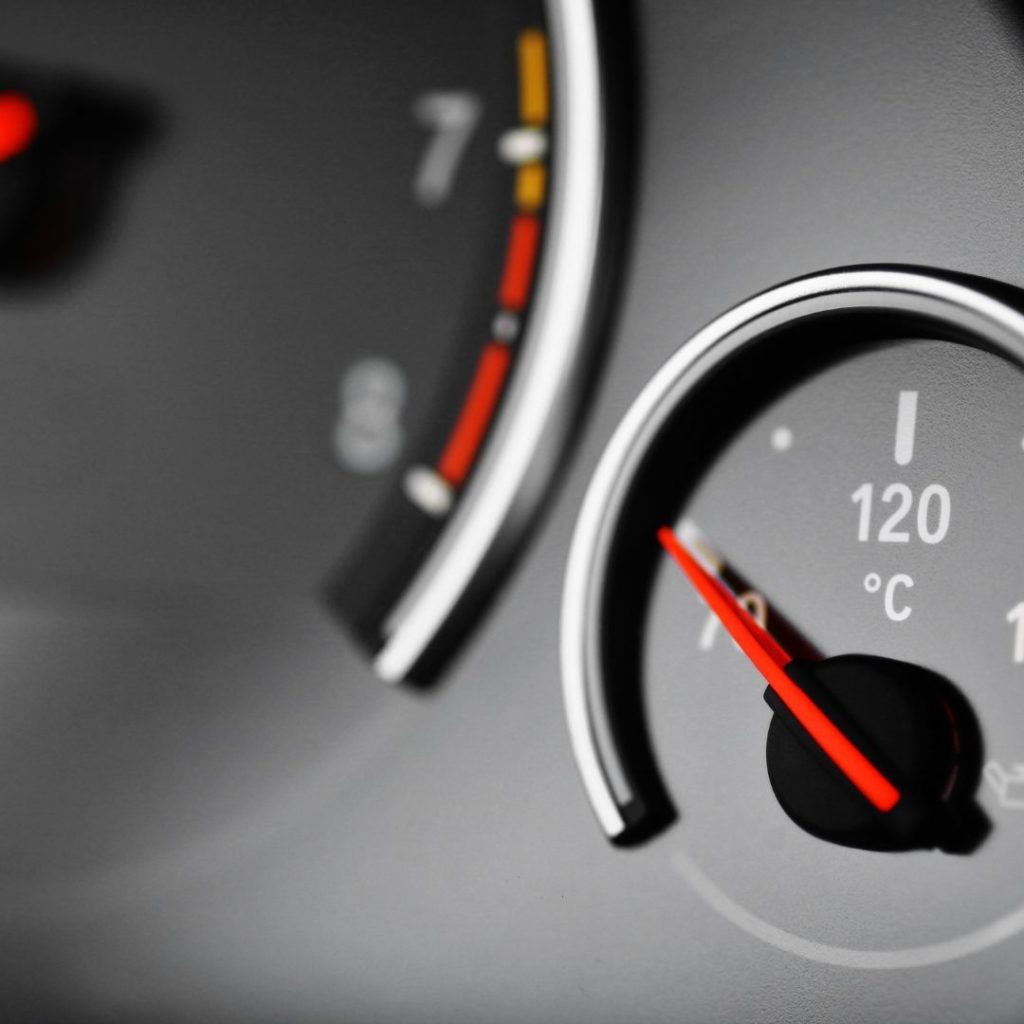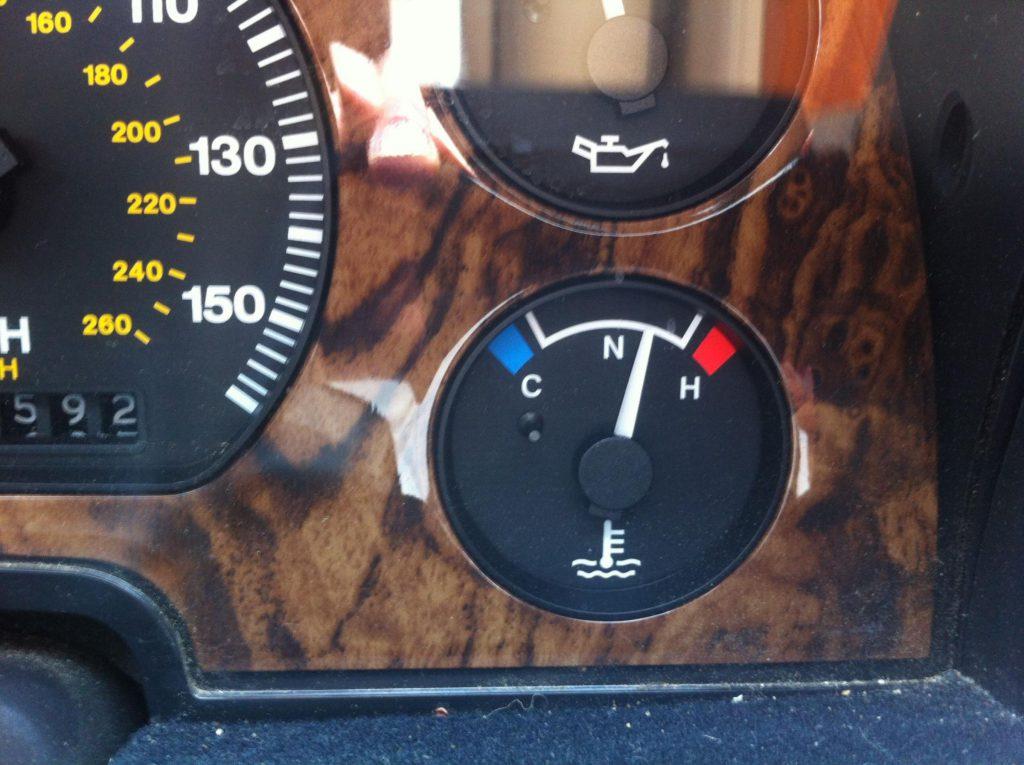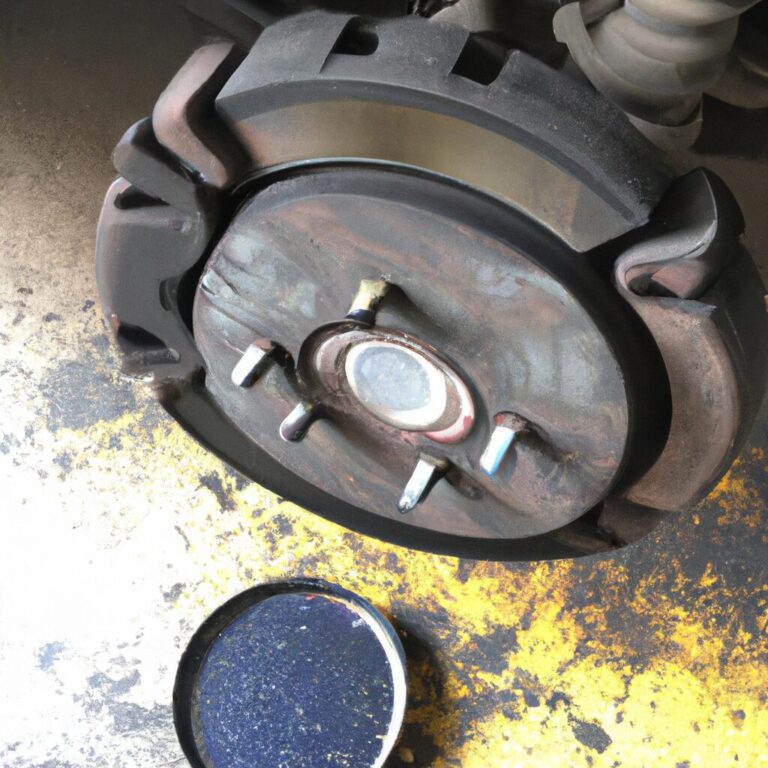How to Tell If Car is Low on Coolant
To check if a car is low on coolant, look at the coolant reservoir levels. If it’s below the minimum mark, the car may be low on coolant.
Checking the coolant level is crucial for your vehicle’s optimal performance and preventing overheating. Neglecting low coolant levels can lead to serious engine damage and costly repairs. By regularly monitoring and maintaining proper coolant levels, you can ensure your car runs smoothly and efficiently.
Follow these simple steps to identify and address low coolant levels in your vehicle.
Signs Of Low Coolant
If your car is low on coolant, there are several signs that can indicate this issue. Being aware of these signs can help you identify the problem early on and prevent any potential damage to your vehicle. Here are some common signs that your car may be low on coolant:
Dashboard Warning Lights
One of the telltale signs of low coolant is the illumination of dashboard warning lights. Many vehicles have specific indicators like the engine temperature light or the coolant temperature warning light that will turn on when there is an issue with the coolant level. These warning lights are designed to catch your attention and prompt you to take action. If you notice any warning lights related to coolant, it’s important to check your coolant level as soon as possible.
Engine Overheating
An overheating engine is another red flag that your car may be low on coolant. When there is insufficient coolant circulating through the engine, it cannot effectively regulate the temperature, leading to overheating. If you notice that your engine temperature gauge is reading abnormally high or you see steam coming from under the hood, it’s crucial to check the coolant level immediately. Ignoring an overheating engine can result in severe engine damage and costly repairs.
In addition to the warning lights and engine overheating, there are a few other signs that could indicate low coolant levels. These include:
- A sweet smell inside the car, which may indicate a coolant leak
- Visible coolant leaks under the vehicle
- A fluctuating engine temperature gauge
- Reduced heating performance from the cabin vents
- An abnormal noise coming from the engine
If you encounter any of these signs, it’s essential to address the low coolant level promptly to avoid potential engine damage. Adding coolant or seeking professional assistance can help maintain the proper functioning of your vehicle.

Credit: www.vistaautogroupinc.com
Checking Coolant Levels
Ensuring your car has enough coolant is crucial to prevent overheating and maintain optimal engine performance.
Locating The Coolant Reservoir
To check your coolant levels, locate the coolant reservoir typically positioned near the engine bay.Using A Coolant Hydrometer
For a precise measurement, consider using a coolant hydrometer to assess the coolant concentration.Possible Causes Of Low Coolant
If your car is showing signs of being low on coolant, several factors could be causing the issue:
Coolant Leak
A common cause of low coolant levels is a leak in the cooling system. This could be due to a ruptured hose, a worn-out gasket, or a damaged radiator.
Faulty Radiator Cap
A faulty radiator cap can also lead to low coolant levels. A damaged or improperly sealed cap can result in coolant evaporating or leaking out.

Credit: www.firestonecompleteautocare.com
Importance Of Maintaining Coolant Levels
Proper cooling system maintenance is essential for keeping your car running smoothly and avoiding costly repairs. One crucial aspect is maintaining the correct coolant levels. Coolant, also known as antifreeze, plays a vital role in preventing engine damage and preserving engine performance. In this section, we’ll explore the importance of maintaining coolant levels in more detail.
Preventing Engine Damage
Insufficient coolant levels can lead to overheating, which can cause significant engine damage. Without enough coolant, the engine’s temperature rises rapidly, and various engine components can be affected. When the engine overheats, it puts stress on the cylinder heads, gaskets, and even the engine block itself, leading to potential failure or cracks.
By regularly checking and maintaining coolant levels, you can prevent these issues and avoid costly repairs. Proper levels of coolant help dissipate heat and regulate the engine’s temperature, keeping it running at optimal levels and preventing overheating.
Preserving Engine Performance
Along with preventing engine damage, maintaining adequate coolant levels is crucial for preserving engine performance. The coolant not only helps regulate temperature but also lubricates various engine components, such as the water pump, ensuring smooth movement and reducing friction.
Without sufficient coolant, these parts can become damaged or worn, negatively impacting overall engine performance. Maintaining the correct coolant levels ensures that the engine operates efficiently, providing optimal power, fuel efficiency, and longevity.
Additionally, proper coolant levels help prevent the formation of rust and corrosion within the cooling system. Over time, coolant can degrade and become less effective, leading to the accumulation of harmful deposits inside the engine. These deposits can restrict coolant flow, impede heat transfer, and potentially cause blockages.
Regularly checking and replenishing coolant levels not only helps prevent rust and corrosion but also ensures the cooling system remains clean and free from debris. This, in turn, extends the life of the cooling system components and promotes better engine performance.
Now that we understand the importance of maintaining coolant levels, let’s move on to the next section, where we’ll discuss how to tell if your car is low on coolant.
Top-up Or Seek Professional Assistance
When it comes to the health and performance of your car, maintaining the right level of coolant is crucial. Knowing whether your car is low on coolant and what to do about it is essential for keeping your vehicle running smoothly. In this guide, we’ll explore how to identify if your car is low on coolant and whether you should top it up yourself or seek professional assistance.
Refilling Coolant Yourself
If you’ve determined that your car is low on coolant, you may consider topping it up yourself. Before proceeding, ensure that the engine is cool to avoid any burns or injuries. Here are the steps to refill the coolant yourself:
- Locate the coolant reservoir under the hood of your car.
- Check the coolant level and add the appropriate coolant mixture if it’s low. Refer to your car’s manual for the specific coolant type.
- Slowly pour the coolant into the reservoir, being cautious not to spill it. Fill it to the recommended level indicated on the reservoir.
- Secure the reservoir cap tightly to prevent leaks.
- Start the engine and observe the temperature gauge to ensure that the coolant is circulating properly.
Seeking A Mechanic’s Help
If you’re unsure about refilling the coolant yourself or if you suspect there might be underlying issues causing the low coolant level, it’s best to seek professional assistance. A qualified mechanic can inspect your car for any leaks, cracks, or other issues that may be contributing to the low coolant level. In addition, they can perform a thorough check of the cooling system to ensure everything is functioning optimally.

Credit: carfromjapan.com
Frequently Asked Questions On How To Tell If Car Is Low On Coolant
How Do I Know If My Car Needs Coolant?
Check your car’s temperature gauge for overheating. Look for coolant leaks under the vehicle. Inspect the coolant reservoir for low levels. Examine the color and consistency of the coolant. Listen for gurgling or hissing sounds from the engine. If you notice any of these signs, it’s time to add coolant.
How Does A Car Act When Coolant Is Low?
A car will show signs of low coolant by overheating, engine misfiring, a sweet smell from the engine, or a coolant leak. It’s important to fix the issue to prevent engine damage.
How Do I Know If My Coolant Level Is Low?
Check your coolant level by looking at the transparent reservoir. It should be between the minimum and maximum lines when the engine is cold.
What Are The Symptoms Of Not Enough Coolant?
Symptoms of low coolant include engine overheating, coolant leaks, sweet smell, dashboard temperature warning, and steam from the hood.
How Can I Check My Car’s Coolant Level?
To check your car’s coolant level, park on a leveled surface, wait for the engine to cool, and locate the coolant reservoir. The coolant level should be between the “min” and “max” marks.
What Are The Signs Of Low Coolant In A Car?
Common signs of low coolant include the engine overheating, the temperature gauge reading higher than normal, or the coolant warning light illuminating on the dashboard.
Why Is It Important To Maintain Proper Coolant Levels?
Maintaining proper coolant levels is crucial for regulating engine temperature, preventing overheating, and protecting the engine from corrosion and damage.
Conclusion
To determine if your car is low on coolant, keep an eye out for warning signs like the engine overheating or the coolant level dropping. Inspecting the coolant reservoir and radiator can also provide clues. Regular maintenance and proper coolant levels are crucial for your car’s performance and longevity.
Keeping these indicators in mind will ensure your vehicle stays cool and avoids potential engine damage. Stay vigilant and address any coolant issues promptly to keep your car running smoothly.



